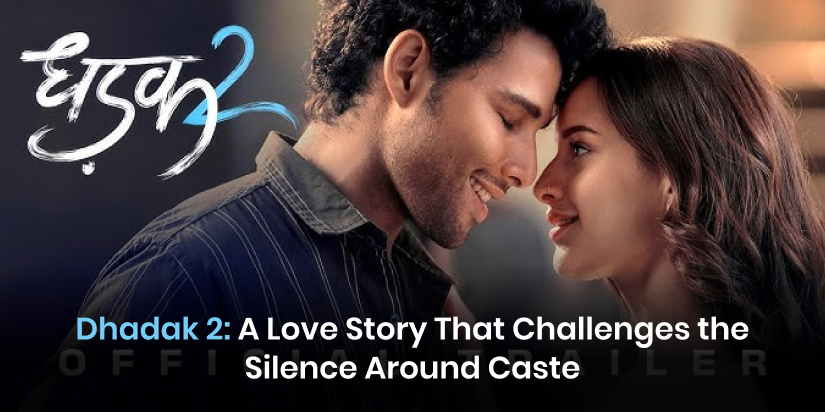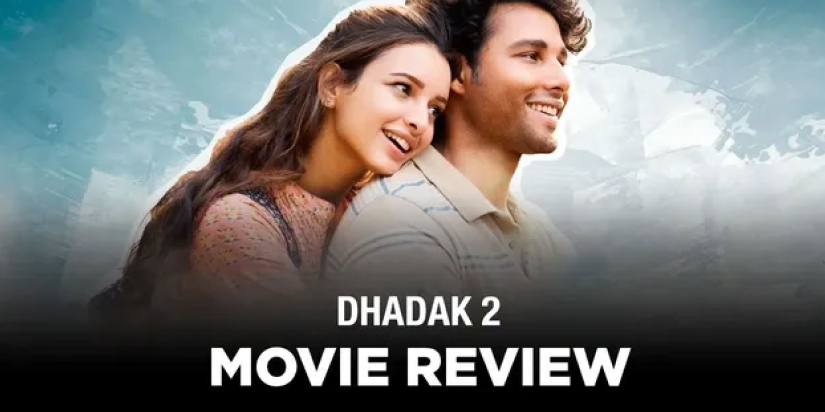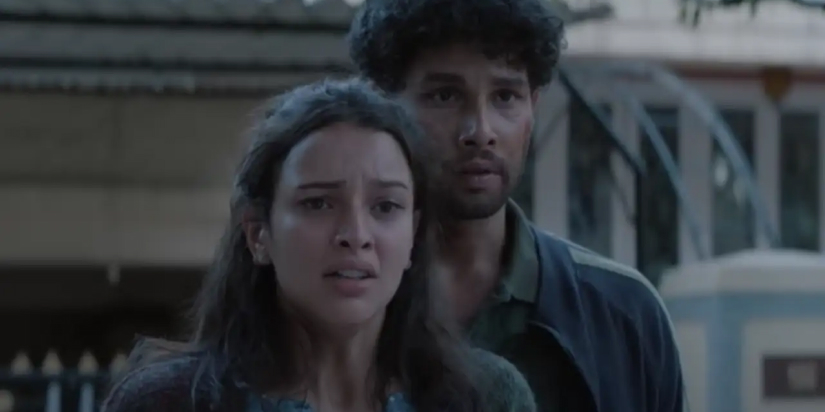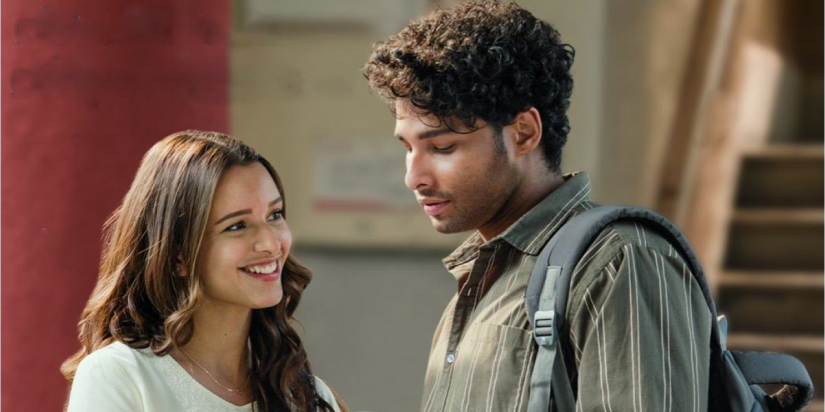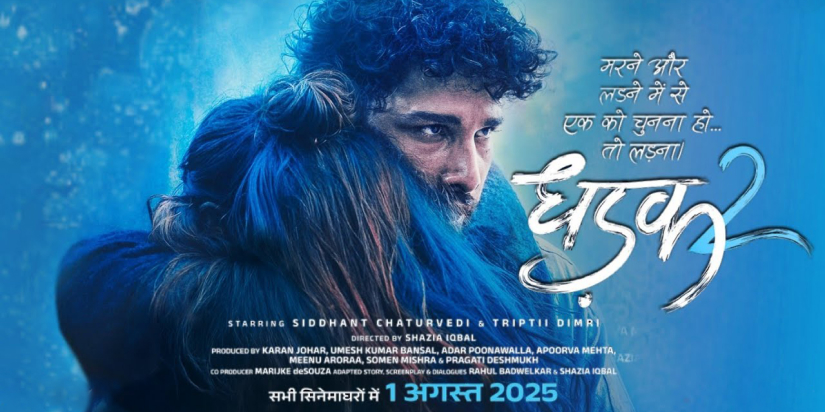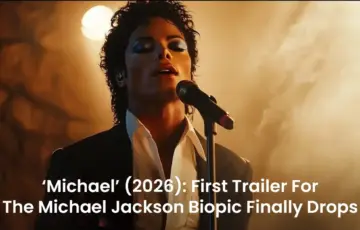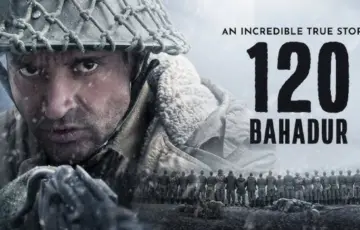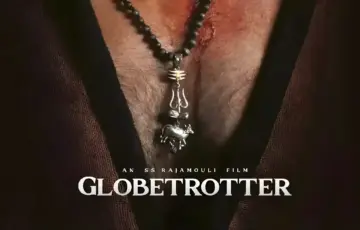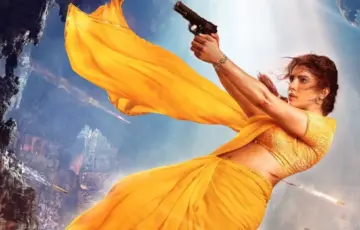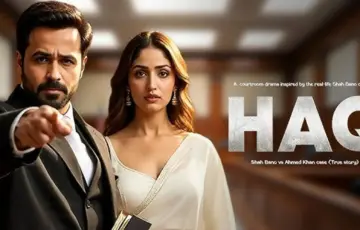Bollywood’s much-anticipated Dhadak 2 has finally hit theatres today, and it’s safe to say, this isn’t just a sequel; it’s a significant cinematic shift. Starring Siddhant Chaturvedi and Triptii Dimri, and helmed by debutant director Shazia Iqbal, the film brings together intense performances, a socially relevant theme, and a bold new voice in storytelling.
While Dhadak (2018) painted young love in pastel tones, Dhadak 2 arrives with deeper hues, both emotionally and politically. It takes the subject of caste head-on, and while it doesn’t shout, it speaks loud enough to stir hearts and start conversations.
A Love Story With Purpose
Set in a small-town college, Dhadak 2 follows the story of Neelesh (Siddhant Chaturvedi), a lower-caste student navigating the layered violence of discrimination, and Vidhi (Triptii Dimri), an upper-caste girl caught between love and the limits of tradition. Their chemistry is electric, but their world is harsh and unyielding.
The film doesn’t just explore romance; it explores resistance. With each look, each confrontation, and each heartbreak, Dhadak 2 urges the audience to reflect on the price society still demands for loving freely.
What the Cast and Crew Say
In a recent interview, Director Shazia Iqbal said, “This story needed to be told with empathy, not spectacle. I didn’t want to create heroes or villains, just real people caught in centuries-old power structures.”
Her intent is visible throughout the film, in the symbolic use of the color blue (a nod to the Jai Bhim movement), the dignified presence of icons like Dr B.R. Ambedkar and Savitribai Phule in the background, and the carefully crafted dialogues that feel lived-in rather than written.
Siddhant Chaturvedi, who plays Neelesh, called this “the most personal performance” of his career. “I drew from what I saw growing up, the silent biases, the loud silences. Neelesh is someone we all know, even if we don’t want to admit it.”
Triptii Dimri, praised for her earlier roles in Laila Majnu and Qala, adds another remarkable performance to her resume. “Vidhi may be privileged, but she’s not immune to guilt. That internal conflict of loving someone, yet fearing society is what drew me to the role,” she explained.
Moments That Stay With You
There are sequences in Dhadak 2 that sting. Neelesh’s pet being killed, a senior’s suicide, and his father being publicly humiliated, all stark, brutal realities that echo long after the credits roll. But even more powerful are the subtle moments: a shared glance in a lecture hall, a whispered apology, the shattering silence after a scream.
The climax, featuring Triptii in a gut-wrenching monologue that challenges patriarchy and respectability politics, is already being hailed as one of the most memorable scenes in contemporary Hindi cinema.
Visually and Emotionally Striking
Visually, the film blends raw realism with poetic frames. Cinematographer Ayananka Bose captures the tension between beauty and brutality in each shot. The understated yet haunting music doesn’t overpower the narrative but rather enhances its emotional resonance.
What sets Dhadak 2 apart is that it dares to be uncomfortable. It doesn’t offer easy answers or romantic resolutions. Instead, it holds up a mirror, allowing the audience to wrestle with the reflection.
Final Thoughts
Dhadak 2 is not just a film, it’s a necessary experience. At a time when cinema often shies away from politically loaded themes, this film chooses to step into the fire with grace and empathy. It marks a powerful debut for Shazia Iqbal, a landmark performance for Siddhant Chaturvedi, and a reaffirmation of Triptii Dimri’s status as one of the most versatile actors of her generation.
This film deserves to be seen, talked about, and remembered.

